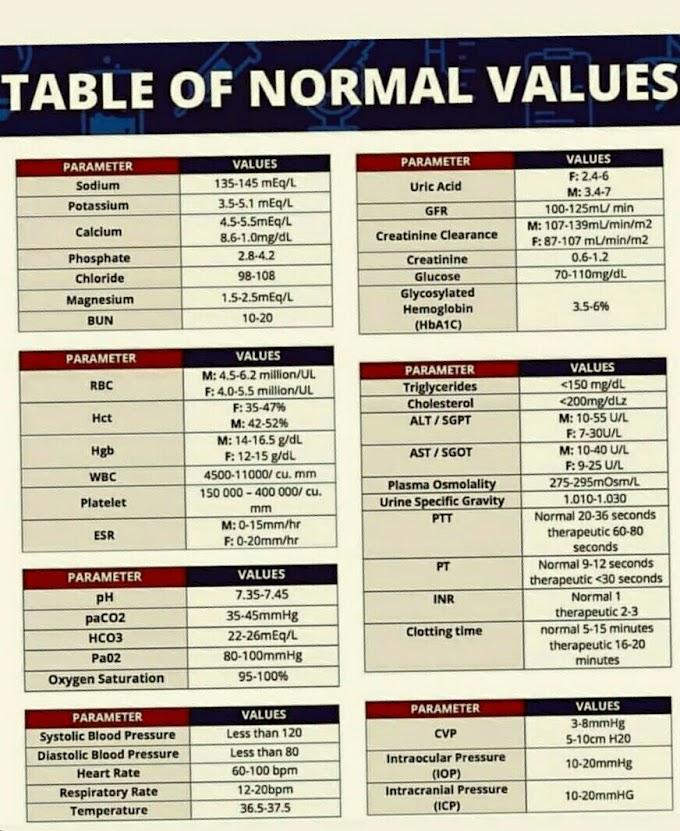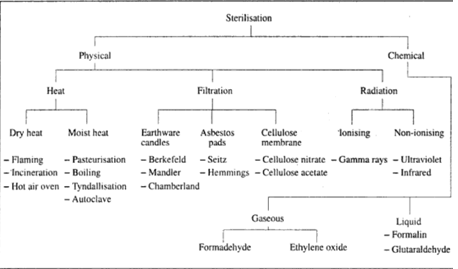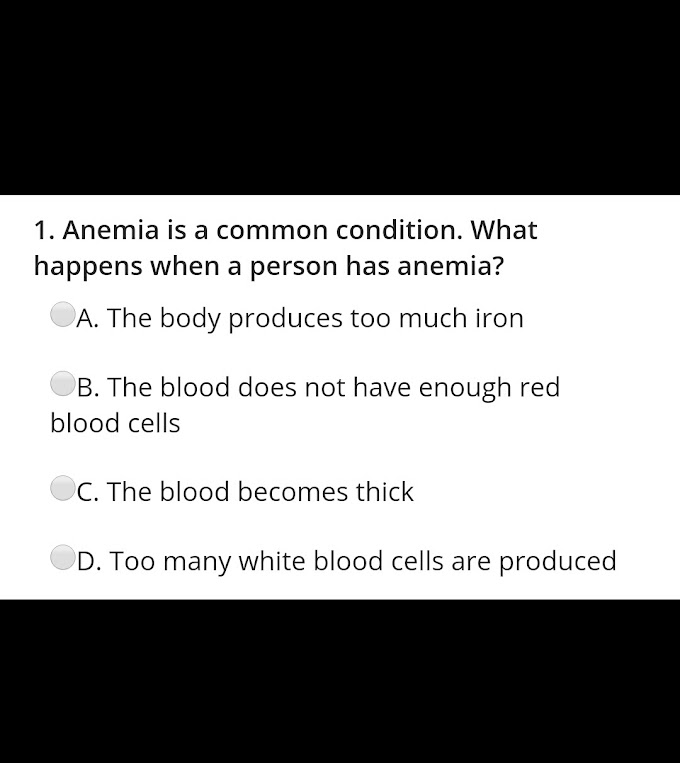ABO GROUPING, Preparation of Red Cell Suspensions, Reaction of Antisera with Red Cells, ABO GROUPING METHODS
ABO GROUPING
Determination
of ABO group is necessary both for the donor as well as the recipient,
preliminary to blood transfusion. The blood group may be determined by
 1. Detecting
the antigens on the red cells If an individual has A antigen on his red cells,
he is said to belong to group A, those having B antigen on red cells belong to
group B, those having both the antigens belong to group AB and those who have
neither A nor B antigen on their red cells belong to group O. This process of
grouping is known as cell grouping.
1. Detecting
the antigens on the red cells If an individual has A antigen on his red cells,
he is said to belong to group A, those having B antigen on red cells belong to
group B, those having both the antigens belong to group AB and those who have
neither A nor B antigen on their red cells belong to group O. This process of
grouping is known as cell grouping.
2. Detecting
antibodies in the serum According to Landsteiner's rule, corresponding antigens
and antibodies cannot co-exist in the same person's blood. For example, persons
who are blood group A cannot have antibodies to antigen A (anti-A) in their
blood, and group B persons can not have anti-B in their blood. However, for ABO
system, natural antibodies are present in the blood of every individual.
Therefore, group A person will not have anti-A in his serum, but will possess
antiB because B antigen is absent on his red cells. This process of grouping is
known as serum grouping.
This can be summarized thus:
BLOOD GROUP
|
ANTOGEN ON RED CELLS
|
ANTIBODIES IN SERUM
|
A
|
A
|
ANTI-B
|
B
|
B
|
ANTI-A
|
AB
|
AB
|
NONE
|
O
|
NONE
|
ANTI-A, ANTI-B
|
ABO Grouping Sera Selection and preparation ABO grouping sera are
usually obtained from selected donors whose antibody levels are suitable for
use as a laboratory reagent. A satisfactory antiserum must have:
1. Specificity It must be specific for the antigen to be detected,
under the test conditions. The specificity of the antiserum can be established
by testing equal volumes of serum against 2-5% suspensions of red cells of ABO
groups. Agglutination should occur only with appropriate cells.
2. Sufficient titre A serum to be used for grouping should have an
anti-A titre of 512 and anti-B titre of 256 when titrated against A and B cells
respectively.
To find the titre, prepare serial doubling dilutions of the
antiserum (e.g. 1:2 to 1:1024) in saline and add cells of the appropriate
group. The titre is the reciprocal of the highest dilution showing agglutination.
3. Avidity It is the power of antibody to agglutinate quickly and
strongly. A suitable serum should produce complete agglutination in 30 seconds
when mixed with a 2-5% suspension of appropriate cells. A vidity of the
antiserum to A antigens is essential to detect weak subgroups of A.
The antisera
obtained from the above sources should be purified to remove unwanted
fractions, distributed into small amounts under aseptic conditions, labelled
and stored at 4°C.
Lectins
Extracts of seeds of some plants contain certain substances that can
agglutinate red cells. In most plants, the extracts do not seem to exhibit
antigen specificity and bring about agglutination irrespective of the blood
group antigen. However, there are two extracts from seeds which can be used in
blood grouping.
1. Dolichos
bifloris (commonly known as horse gram): If diluted appropriately, this extract
reacts specifically with A, antigen and does not react with A.
2. Ulex
europaeus (common gorse): This reacts specifically with H-substance and
agglutinates A2, A B and Ocells more strongly than A, B or B cells.
Preparation of Red Cell Suspensions
Suspensions
of washed red cells having known and unknown antigens on their surface are
required for various tests in the laboratory. The washing of cells is necessary
to remove plasma, which may interfere with the reaction of the cells. In
addition, blood group substances in plasma may neutralise the antiserum leading
to false negative results.
It is also necessary to use a red cell suspension of appropriate strength for optimum reaction with antibody molecules. The red cells are suspended in an isotonic solution of sodium chloride. (0.15 mol/L or 8.5 g/L), pH adjusted to 7.0.
It is also necessary to use a red cell suspension of appropriate strength for optimum reaction with antibody molecules. The red cells are suspended in an isotonic solution of sodium chloride. (0.15 mol/L or 8.5 g/L), pH adjusted to 7.0.
Technique
(1) Place
0.2 to 0.5 ml of blood in a test tube.
(2) Fill the
tube with saline to 1 cm from the top.
(3)
Centrifuge at 200 g for 1-2 minutes to obtain packed red cells.
(4) Remove
the supernatant by pouring off the saline in one quick, continuous movement or
by using a pasteur pipette.
(5) Tap the
tube to re-suspend the cells in the residual fluid. This constitutes one wash.
(6) Repeat
the procedure with the same cells at least twice. The last wash should show
clear, colourless supernatant with no signs of haemolysis.
(7) To make
a 2% cell suspension, add 1 volume of packed red cells to 49 volumes of saline
(e.g. 0.1 ml cells and 4.9 ml saline).
(8) To make
a 5% cell suspension, add 1 volume of packed cells to 19 volumes of saline.
(9) To make
a 10% cell suspension, add 1 volume of packed cells to 9 volumes of saline.
Reaction of Antisera with Red Cells
The reaction between the antiserum and red cells can occur in
various ways:
Agglutination If the red cells and the antiserum contain
corresponding antigen and antibody, they will react to bring about
agglutination (clumping) of the red cells. If either antigen or antibody is
absent, there will be no agglutination.
Haemolysis Sometimes, the antigen-antibody reaction may result in
haemolysis due to activation of the complement system. Complement, if present
in the antiserum, can bind to the antigen-antibody complex, and lyse the red
cells. Complement can be easily inactivated by heating at 56°C for 30 minutes.
Rouleaux
formation A high concentration of globulin in patient's serum can hold the red
cells together to appear like a stack of coins. This is rouleaux formation and
can be mistaken for agglutination.
Note
The speed and strength of antigen-antibody reactions are affected
by many factors. It is necessary to use optimum concentrations of antigen and
antibody. Similarly, the physical conditions, such as the pH and temperature,
should be maintained at an optimal level for the test. Most blood group
antibodies show optimum activity at pH 6.5-7.5 and at 37°C.
ABO GROUPING METHODS
Method 1: The Tile Method
Reagents
1. ABO
grouping anti-sera: Anti-A, anti-B and Anti-AB.
2. ABO
control cells (10% suspension): Az cells, B cells, O cells.
Specimen
1. 10%
suspension of patient's cells in saline.
2. Patient's
serum.
Technique
(1) Mark a
clean white tile with 16 wells as shown in Fig.
ANTI –A
|
ANTI-B
|
ANTI A+ ANTI B
|
PATIENT”S SERUM
|
PATIENT CELLS
|
PATIENT CELLS
|
PATIENT CELLS
|
PATIENT CELLS
|
A2 CELLS
|
A2
CELLS
|
A2
CELLS
|
A2
CELLS
|
B CELLS
|
B CELLS
|
B CELLS
|
B CELLS
|
O CELLS
|
O
CELLS
|
O
CELLS
|
B
CELLS
|
ABO GROUPING
-CELLS
|
|||
(2) Place
one drop of anti-A serum in all the wells of row 1, one drop of anti-B serum in
row 2, one drop of anti-AB serum in row 3 and one drop of patient's serum in
row 4.
(3) Place
one drop of 10% suspension of patient's cells in all the wells of the
horizontal row 1, 10 % A cells in row 2,10 % B cells in row 3 and 10% O cells
in row 4.
(4) Mix the
cells and the serum in each well using a separate applicator stick.
(5) Allow to
stand at room temperature for five minutes.
(6) Rock the
tile gently and read the results in the control and test wells macroscopically.
Results for the reactions of the control and the test serum,
refer to Table
Method 2: The Tube Method
Reagents
1. Control blood grouping sera : anti-A, anti-B, anti-AB
2. Control red cells: 2% suspension of A cells, B cells and O
cells.
Specimen 1.2% suspension of patient's red cells 2.
Patient's serum
Technique
(1) Arrange
and label six tubes from one to six in a rack.
(2) Add 1
drop of anti-A serum in tube 1, one drop of anti-B serum in tube 2 and one drop
of antiAB serum in tube 3.
(3) Add one
drop each of 2% red cell suspension of patient's cells in tubes 1, 2 and 3.
(4) Add two
drops of patient's serum in each of the tubes 4,5 and 6.
(5) To tube
4, add 1 drop of 2% suspension of group A red cells, in tube 5, add 1 drop of
2% group B cells and in tube 6, add 1 drop of 2% group O cells.
(6) Mix the
contents of all the tubes by shaking the rack
(7) Allow
the tubes to stand at room temperature for two hours. Alternatively, centrifuge
the tubes at 200g for 2-3 minutes after five minutes incubation.
(8) After
incubation or centrifugation, re-suspend the cells by tapping the tubes.
(9) Read the
results microscopically.
Caution:- It is important to rinse the pasteur
pipette used in transferring the cells on to the slides after each transfer.
Results:- The findings in the first three tubes
with known antisera must agree with those in tubes 4,5 and 6 with known red
cell antigens. The reactions of the ABO groups are as shown in Fig. 8.4. The
patient's blood group should be interpreted accordingly.
ABO GROUPING: REACTION OF
CELLS WITH KNOWN ANTISERA
|
|||
GROUP
|
ANTI-A
|
ANTI-B
|
ANTI-A+B(GROUP O SERUM)
|
A
|
+
|
-
|
+
|
B
|
-
|
+
|
+
|
AB
|
+
|
+
|
+
|
O
|
-
|
-
|
-
|







If you have any queries related medical laboratory science & you are looking for any topic which you have have not found here.. you can comment below... and feedback us if you like over work & Theory
.
Thanks for coming here..